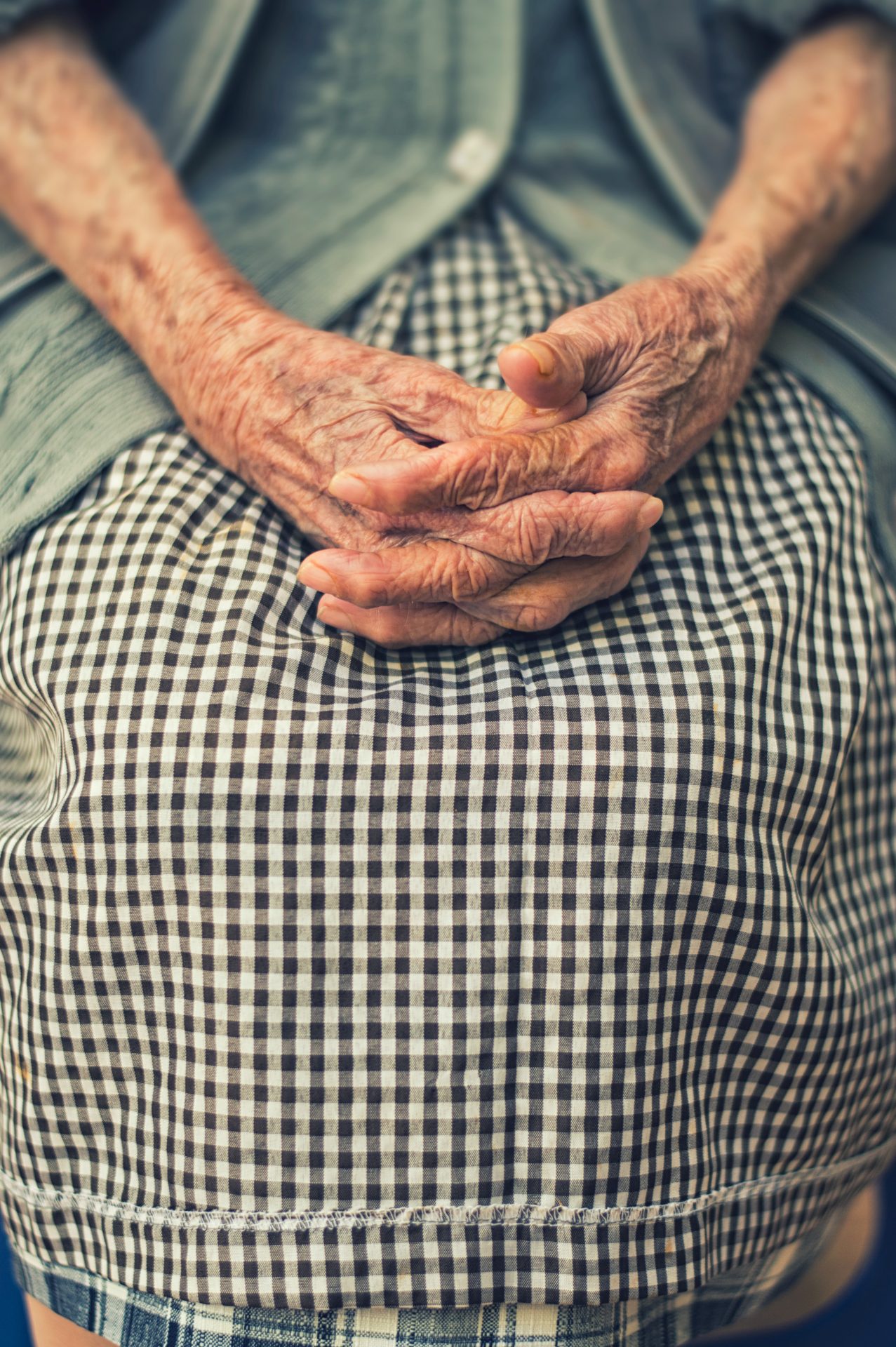- Evidence on the effectiveness of different programmes in reducing violence against women and girls
- Including programmes across economic, community, education and other categories, as well as further interventions
- Use this resource to understand which types of efforts are effective in addressing VAWG, which should not be executed in isolation, and which need further evidence to understand their importance
This report reviews the evidence around the effectiveness of different programmes in reducing violence against women and girls (VAWG). The report divides existing programmes into the following categories: economic, family-level, community level, school-based, and self-defence interventions, plus interventions with men and boys, female sex workers, and interventions in antenatal and postnatal settings, and those that tackle substance abuse. And classifies them whether there is sufficient, insufficient, or conflicting evidence for each intervention categories’ effectiveness.
Some of the categories the report covers that had sufficient evidence to be deemed effective included economic transfer programmes, community activism to shift gender norms, school-based interventions to prevent dating violence, and more. On the other hand, microfinance and brief bystander interventions were not shown to be effective in isolation.
Overall, the most successful programs tended to utilise robust theories of gender and social empowerment, confronted multiple risk factors for VAWG, and were equipped with trained staff with gender-equitable attitudes.

Violence against women and girls (VAWG) is preventable. Over the last two decades, VAWG-prevention practitioners and researchers have been developing and testing interventions to stop violence from occurring, in addition to mitigating its consequences. The evidence base now shows that we can prevent VAWG through a range of interventions, within programmatic timeframes.
There are key populations that need to be better served in VAWG interventions, including women in conflict-affected settings, women with disabilities, and members of the LGBTQI+ community.
Funding should not be allocated toward programmes that have shown to be ineffective as isolated interventions, as defined in this resource. Instead, funding should go toward building a stronger evidence base of VAWG programme evaluations that expand on current best practices.
This should include psychological intimate partner violence (IPV), economic IPV, and non-partner sexual violence.
Innovation should be built off current best practices, particularly in under-explored domains such as digital and workplace interventions.
Future VAWG research should strive for rigorous methodology and standardised approaches in order to create a strong evidence base that other researchers can build from.





